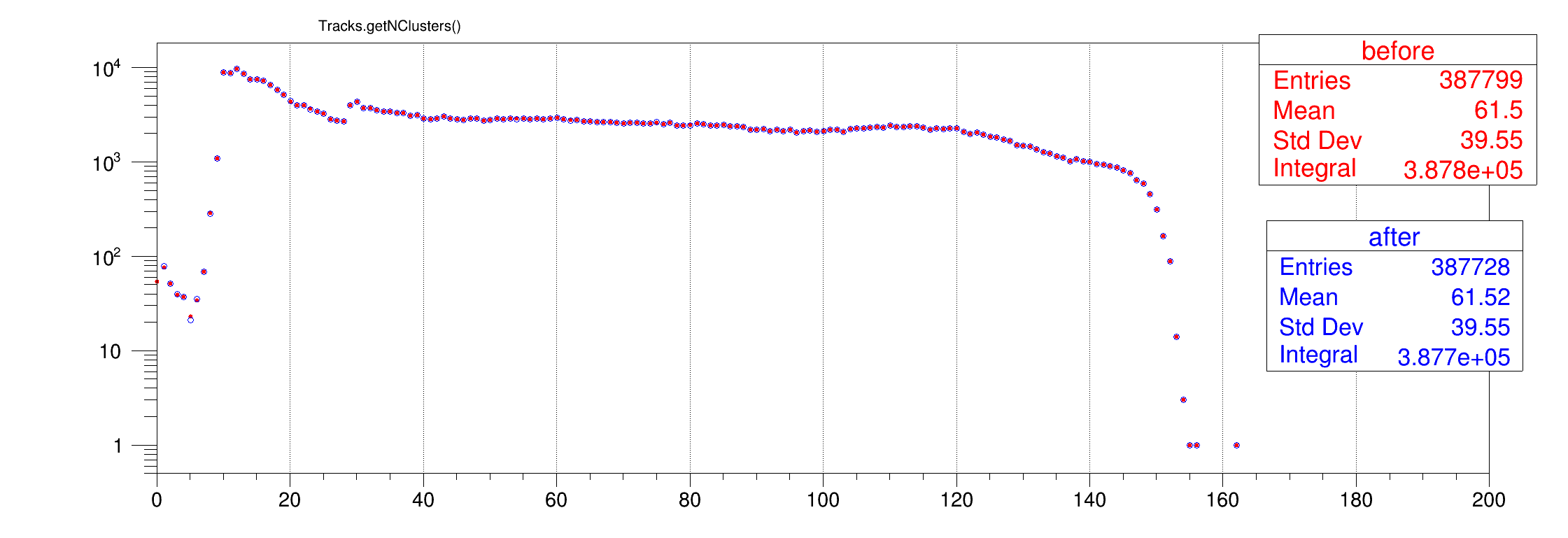TPC Tracking: Workaround for 0-cluster tracks #5097
Merged
Add this suggestion to a batch that can be applied as a single commit.
This suggestion is invalid because no changes were made to the code.
Suggestions cannot be applied while the pull request is closed.
Suggestions cannot be applied while viewing a subset of changes.
Only one suggestion per line can be applied in a batch.
Add this suggestion to a batch that can be applied as a single commit.
Applying suggestions on deleted lines is not supported.
You must change the existing code in this line in order to create a valid suggestion.
Outdated suggestions cannot be applied.
This suggestion has been applied or marked resolved.
Suggestions cannot be applied from pending reviews.
Suggestions cannot be applied on multi-line comments.
Suggestions cannot be applied while the pull request is queued to merge.
Suggestion cannot be applied right now. Please check back later.



@shahor02 @sawenzel : This should fix (work around) the problem with the 0-cluster tracks you reported.
I could not verify on @sawenzel 's data, since it is no longer present in the tmp folder on lxplus, but this is certainly a but that can cause such behavior.
The background is: By default we drop all secondary legs of looping tracks. If during the refit all hits of the primary leg are rejected, but not of the secondary, it is still a healthy track. When the track is stored discarding all secondary legs, it becomes a 0-cluster track. This is suppressed with this PR.
I think for the future this should be done better, by refitting the track using only the primary leg in such case, in order not to loose the track.